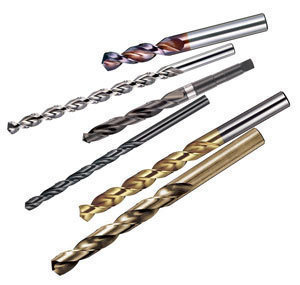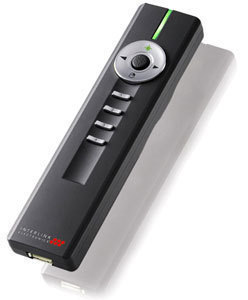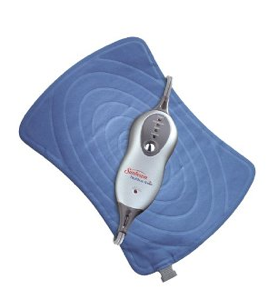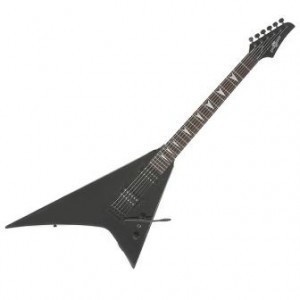Drill Bit Sizes
The cutting tools used by drilling machines are called drill bits.  You can usually order them from a manufacturer or store in any size available. Drill bit sizes are pretty much standardized so you don't need to worry about not getting the right one as long as you know the size of the bit you need. The only difficulty is in the different sizing conventions that are in use today.
You can usually order them from a manufacturer or store in any size available. Drill bit sizes are pretty much standardized so you don't need to worry about not getting the right one as long as you know the size of the bit you need. The only difficulty is in the different sizing conventions that are in use today.
Sizing Conventions
It should not come as a surprise that there are different sizing conventions especially when dealing with drill bit sizes. We all know that not every country or territory prefers the metric system as a method of measurement. That is also true when people try to describe the dimensions of the various drill bits. There are times when you visit a store and find that they have different brands of drill bits in different sizing conventions.
Here are some of the sizing conventions used in countries everywhere.
Metric Sizes: The first off is the metric sizing, which has become a bit of a standard in many countries of the world. As the name of this sizing system indicates, metric size defines the very diameters of the different bits using the known standard metric lengths. Using this sizing convention, the sizes of the many drill bits will range from 0.2 mm to 25 mm.
Fractional Inch Sizes: Another popular method of describing the different sizes and dimensions of drill bits is fractional inch sizing. This is the system that is commonly used in the United States. This method or system used to be the most popular method of measurement in countries around the world. It was replaced in favor of metric sizing.
There were some disadvantages to using fractional inch sizes. The first noticeable disadvantage with this convention is the fact that the size increments for smaller drill bit sizes is just too large thus making large gaps. Due to this sizing disadvantage, you will have to make use of several gauge drill bits just to bridge the aforementioned gaps in bit sizes.
Another disadvantage is in the labeling of drill bits. The labels on these drill bits were in irreducible fractions such as 1 14/64 inch instead of simply just 78/64 inch. This makes reading the labels quite confusing, which eventually led to mistakes when customers used them. In spite of these disadvantages, fractional inch sizing still finds its way into today's stores.
Conversion Table
A drill bit size chart is an indispensable tool that you can use to compare the different sizing conventions. This chart is a conversion table that shows the different sizes of drill bits and matches them with their corresponding sizes in other systems of measurement.





